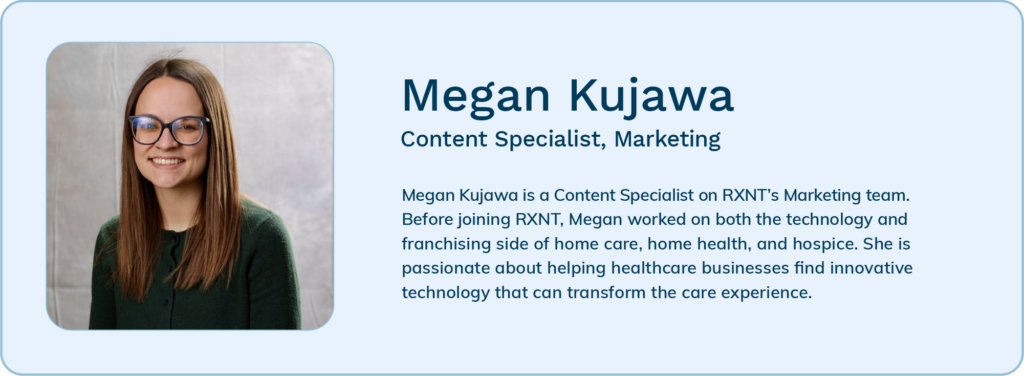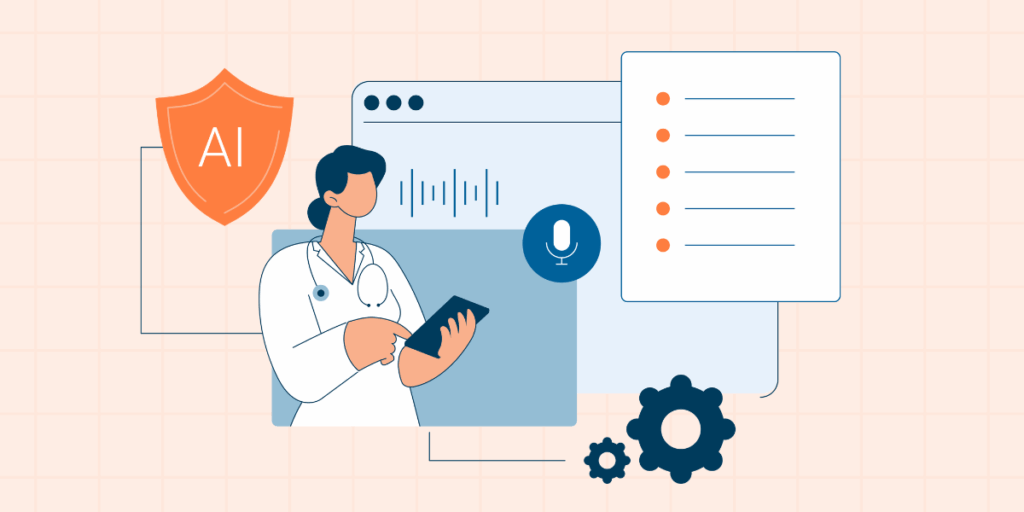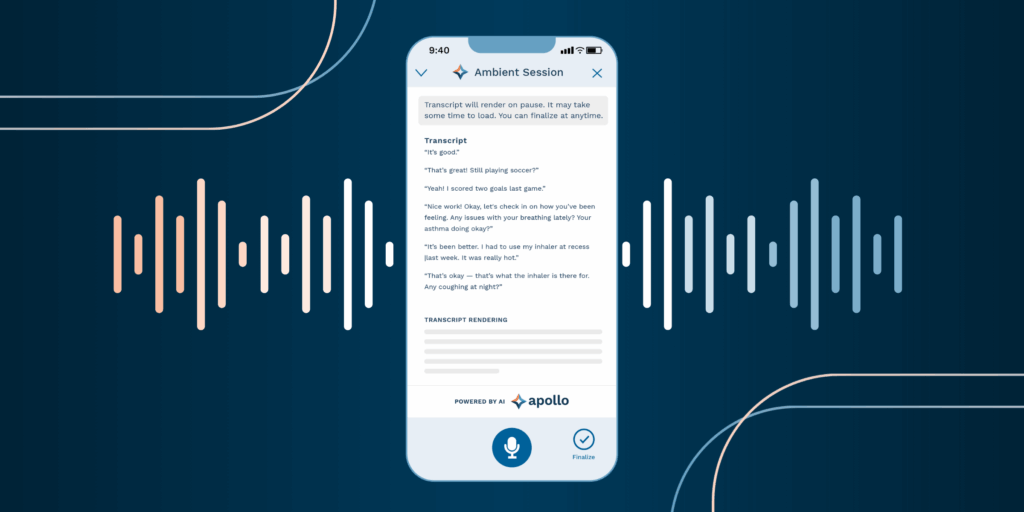As healthcare becomes more digital, understanding how different generations interact with technology is essential to delivering patient-centered care.
Can a 25-year-old and a 75-year-old have the same digital healthcare experience? Technically, yes. However, their expectations, comfort levels, and needs likely differ significantly. As healthcare becomes more digital, understanding how different generations interact with technology is essential to delivering patient-centered care.
From the tech-savvy Millennials who expect instant access to Baby Boomers who prioritize trust and ease of use, each generation brings its own lens to the healthcare experience. In this article, we’ll explore how technology expectations vary by age and what practices can do to meet patients where they are.
Designing Tech with Seniors in Mind
Older patients may not have grown up with smartphones and smartwatches, but that doesn’t mean they’re anti-tech. In fact, over 53% of US patients—including those of older generations—agree that adding more technology to healthcare settings would make their experience as a patient better. Many rely on patient portals to view lab results or request refills.
But they’re also more likely to feel overwhelmed by complex interfaces or skeptical of new digital tools. For this group, clarity comes first. Features like intuitive navigation and plain-language instructions can significantly improve adoption. So can a simple onboarding process. Be sure you have staff available to walk patients through how to log in, check appointments, or send messages, and ask patients if they need help.
For practices, it’s about more than offering just technology. Instead, you must also offer guidance and reassurance. Seniors are more likely to engage if they feel the system is designed with their comfort and privacy in mind.
To further support older adults, practices can implement feedback loops to understand what’s working and where users are getting stuck. Regular check-ins, surveys, or even informal conversations can uncover pain points early. This not only helps improve the patient experience but also signals to seniors that their voices matter. It fosters trust and satisfaction, building long-term engagement with digital health tools.
Balancing Convenience and Control for Gen X and Millennials
Many patients in these generations came of age during the internet boom. So, they expect healthcare technology to function like their favorite apps. They want access, convenience, and control.
For example, over a third of US patients would be likely to switch healthcare providers based on better digital services. They expect to book appointments online, receive reminders via text, and manage everything (from bills to prescriptions) without making a phone call. Gen X patients, meanwhile, are often juggling the dual roles of caregiver (for aging parents) and patient (for themselves and their children). They need digital tools that support coordination—not just for their own care but for their family’s care as well.
These generations also expect speed and personalization. They’re used to platforms that offer immediate feedback, proactive alerts, and customized settings tailored to their habits and preferences. A lack of transparency or a clunky interface is ultimately a reason to look elsewhere.
What works best for these groups? Integrated platforms that offer mobile-friendly access, real-time updates, and cross-provider visibility. Bonus points if the provider has tools like RXNT’s patient engagement suite that allows two-way communication and customizable preferences.
Tech-First, Mobile-Only: Meeting the Needs of Gen Z Patients
Gen Z patients are true digital natives. They expect technology to work seamlessly, like everything else in their digital lives. For this generation, healthcare that isn’t mobile-first feels outdated.
Gen Z-ers want self-service options, instant feedback, and clear cost transparency. They’re also more likely to seek care outside of traditional channels: telehealth, wellness apps, and even virtual primary care.
What does this mean for practices? Your digital front door matters more than ever. Gen Z is less likely to call a clinic and more likely to engage with your practice via app or online chat. Platforms like RXNT that offer intuitive interfaces and frictionless onboarding are well-positioned to support these patients while keeping them connected to trusted providers.
From Boomers who want support and security to Gen Zers who expect speed and simplicity, digital health isn’t one-size-fits-all. Practices that acknowledge these differences (and choose technology that can flex to meet them) will be better poised to serve every generation of patients.
That’s where RXNT comes in. Our integrated, user-friendly healthcare software adapts to the diverse needs of your patients, whether they’re logging in from a desktop or a mobile app. With features that streamline communication, simplify scheduling, and enhance engagement, RXNT helps you deliver care that’s truly centered around the people you serve.
Ready to personalize your digital experience for every generation? Schedule a demo today.





